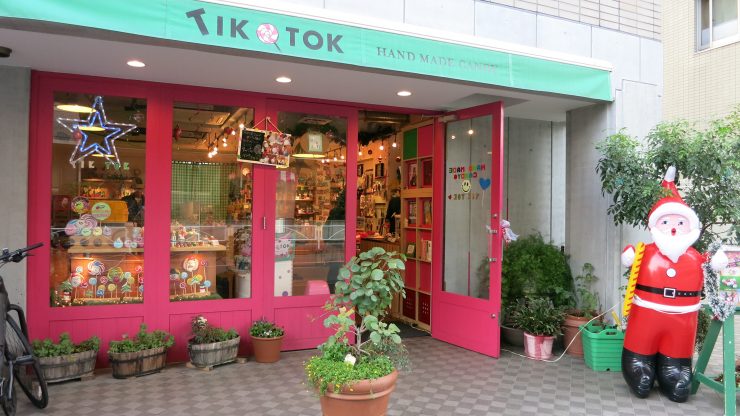
The essence of craftsmanship. It’s there in the simple design of furniture and clothing, or the preparation of food and drink that we love. It’s the idea that quality material combined with subtle expertise creates synergy—where the whole equals more than the sum of its parts.
It’s something that may not be on your mind when popping pieces of candy into your mouth, though. It’s just candy, right?
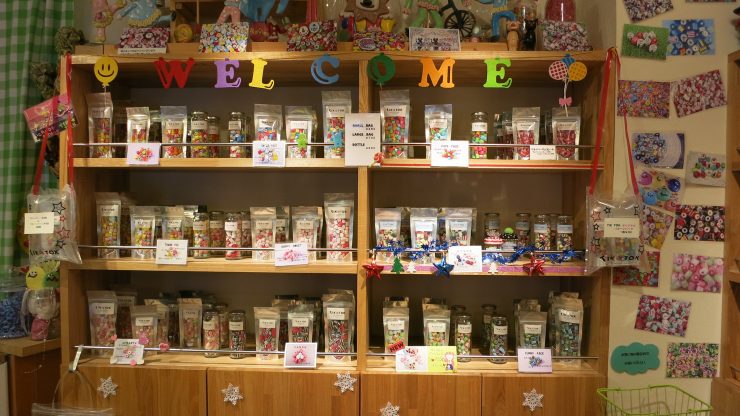
I thought about this as I talked with Musashi Kihara, of Woodberry Coffee Roasters, about a recent collaboration project of his with handmade candy shop Tik Tok: a single-origin coffee candy.
We walked along quiet streets in Tokyo’s Yōga neighborhood toward the Tik Tok shop as Kihara talked about the project—about the Guatemalan beans, the ultrafine grind size, the experimentation, and the many failures on the road to a recipe. He said the beans, the roast, and the grind were about finding a balance of bitter and sweet.
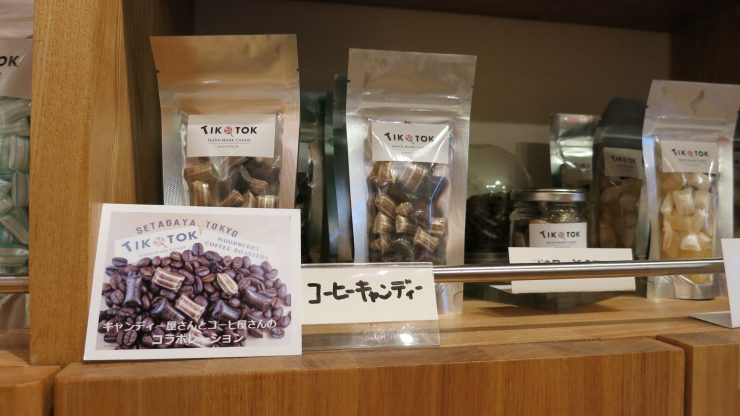
“It took a long time to get it right,” Kihara said with a bashful smile. “We ended up going through eight or 10 batches to settle on a recipe.”
When we reached the colorful candy shop, owner Issei Imai and his brother were preparing a batch of hard candy. Smiley faces, he said. Imai talked as he worked, with practiced hands that ran on autopilot—heating up the candy, adding color, cooling, then cutting.
Imai said he’d made coffee candy before, but had only worked with instant-grade material. Woodberry was his ticket to quality-based experimentation, and a neighborhood collaboration of mutual benefit.
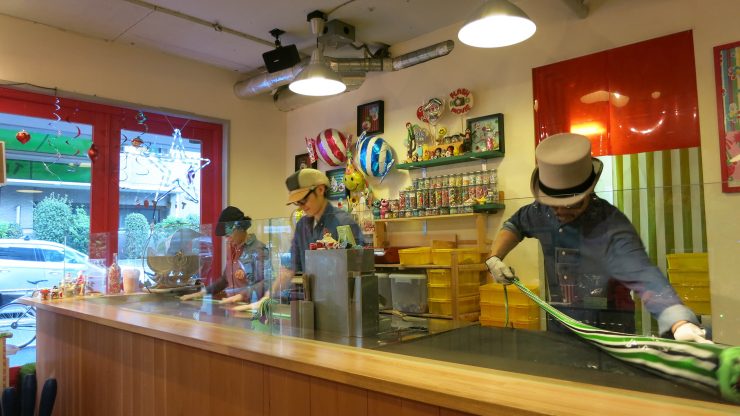
“Like coffee,” Imai said, “candy is about quality. But candy hates being mixed with other ingredients. It’s a simple, delicate product. If the coffee grinds aren’t right, the shape won’t hold; it shatters instead of holding shape.”
I watched Imai and his brother fold the warm candy mix. Knead, press, roll, fold again. They took their time, getting the color and length just right before putting it all together.
“In fact, it might be better simply not to add extra ingredients like coffee,” Imai added with a laugh. “But it’s delicious!”
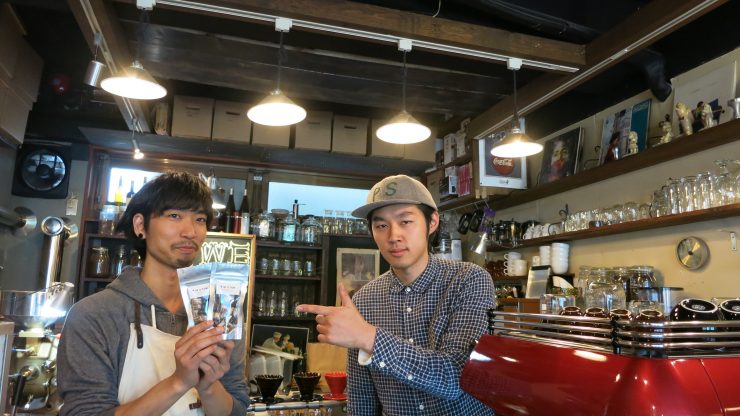
Kihara worked within the limitations, choosing Guatemalan beans and a darker roast to showcase a harmony of coffee and sugar. The result is a strong-bodied, nutty-chocolate flavor with a gentle sweetness.
In the future, Kihara and Imai hope to experiment with Ethiopian and Kenyan coffees—a chance to bring the fruity, floral side of single-origin coffees to a candy.
We watched the candy stretch out and collect in long strips of black and green. Imai said he was grateful to have a coffee specialist in the neighborhood—someone he could work with and learn from. He said that by working together with like-minded craftsmen, they could create things neither could do alone.
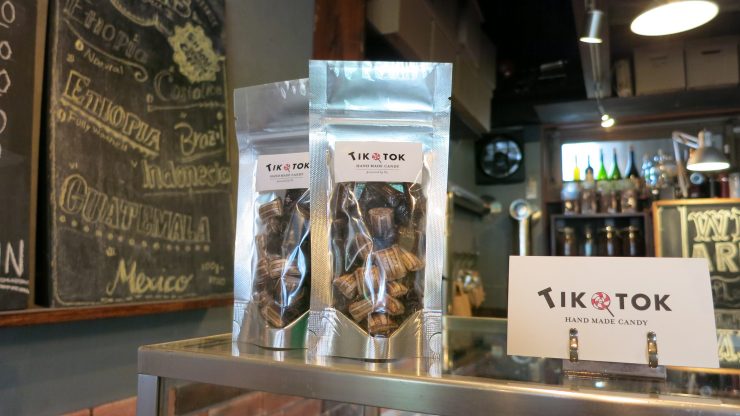
On my walk home, I looked at the bags of candy I’d purchased—a mix of brown hard bonbons that hinted at sweetly caffeinated pick-me-ups for long work days.
It wasn’t just candy anymore. It was a symbol of collaborative success.
And the promise of further sugary, caffeinated developments on the horizon.
Tik Tok Hand Made Candy is located at Setagaya Yoga 2-29-1, Setagaya-ku, Tokyo.
Hengtee Lim (@Hent03) is a Sprudge.com staff writer based in Tokyo. Read more Hengtee Lim on Sprudge.
The post Tik Tok: A Single Origin Coffee Candy From Tokyo appeared first on Sprudge.

